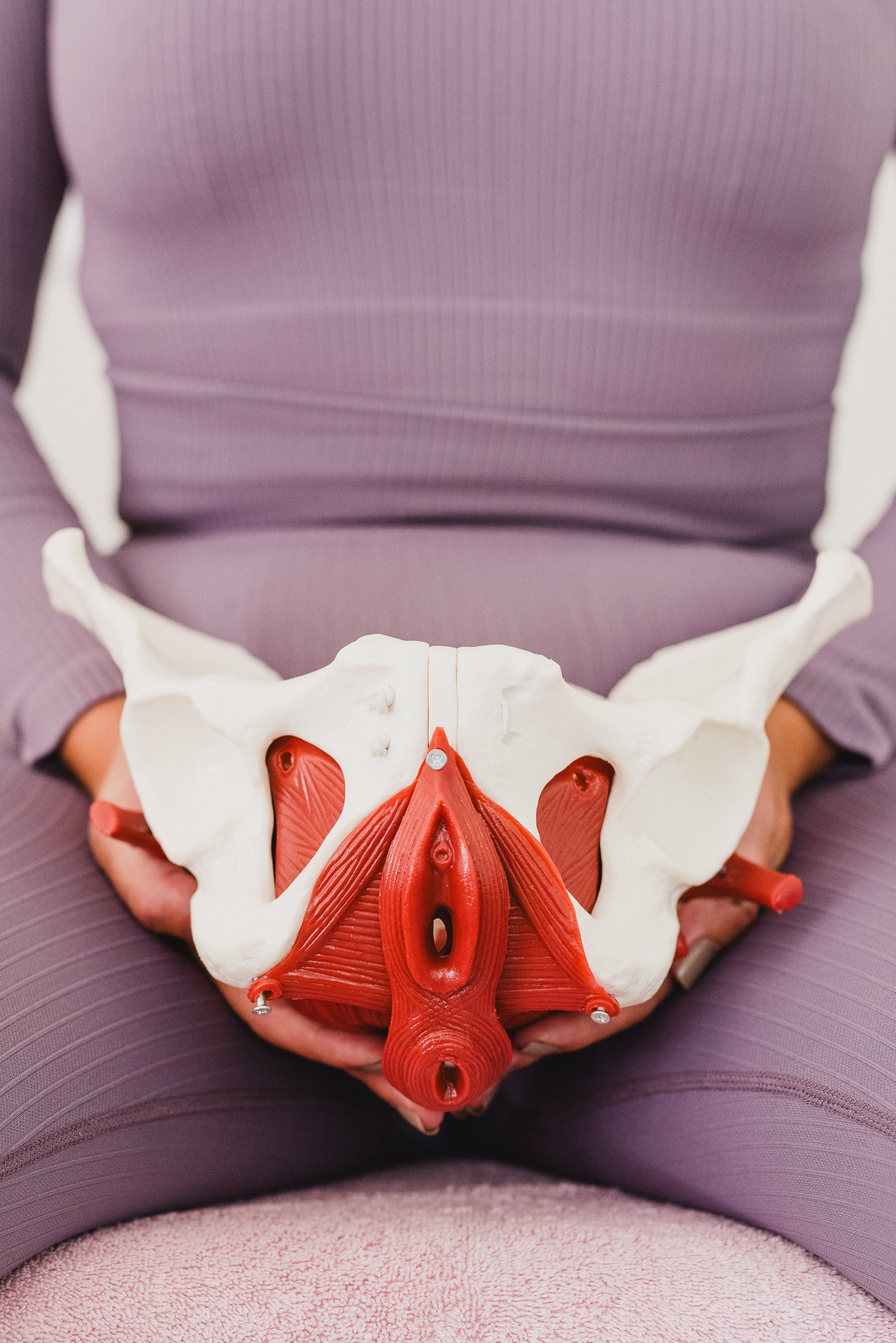The pelvic floor—a region of the body often overlooked but crucial to our overall health and well-being. It's high time we shed light on this often-neglected part of our anatomy. In this blog, we'll explore why it's essential to be aware of your pelvic floor, how to understand its anatomy, recognize symptoms, and take steps to prevent issues.
Where is Your Pelvic Floor?
Your pelvic floor consists of a group of muscles situated at the base of your pelvis. The pelvis essentially forms the bottom of your torso, encompassing the area between your hip bones. These muscles run from front to back and from side to side, supporting your bladder, bowels, and reproductive organs. They play a critical role in regulating urine and bowel movements, sexual function, and providing support for your abdominal organs.
The Importance of Pelvic Floor Awareness
Awareness of your pelvic floor is crucial because problems in this area can have significant implications for your overall health and quality of life. Here are some reasons why you should be conscious of your pelvic floor:
-
Preventing Incontinence: A strong pelvic floor can help prevent urinary incontinence, a common issue, especially in women, particularly after childbirth.
-
Organ Support: The pelvic floor plays a vital role in supporting your bladder, bowels, and uterus. A weakened pelvic floor can lead to organ prolapse.
-
Sexual Health: A well-functioning pelvic floor is important for sexual function and pleasure. Complaints like pain during sex may be related to pelvic floor issues.
-
Pregnancy and Birth: During pregnancy and childbirth, the pelvic floor undergoes considerable strain. Awareness and training of these muscles can help prevent postpartum problems.
Recognizing Pelvic Floor Issues
It's just as important to know how to recognize pelvic floor issues. Be on the lookout for the following symptoms:
-
Urinary or Bowel Incontinence: If you find it difficult to control urine or bowel movements, it may indicate pelvic floor problems.
-
Pelvic Pain: Pain in the pelvic area, during sex or at rest, can be a sign of pelvic floor issues.
-
Prolapse: If you feel like your bladder, uterus, or bowels are descending or bulging into your vaginal canal, seek medical attention.
Prevention and Care for Your Pelvic Floor
The good news is that there are many things you can do to keep your pelvic floor healthy and prevent issues. Here are some tips:
-
Pelvic Floor Exercises: Regularly perform pelvic floor exercises, often referred to as Kegel exercises, to strengthen these muscles.
-
Maintain a Healthy Lifestyle: Maintain a healthy weight and consume a diet rich in fiber to prevent constipation, which can strain the pelvic floor.
-
Good Posture: Pay attention to your posture, especially when sitting and lifting heavy objects. Avoid heavy lifting when possible.
-
Quit Smoking: Smoking can contribute to a weakened pelvic floor, so consider quitting.
-
Pregnancy Care: If you're pregnant, discuss with your healthcare provider how to support your pelvic floor during pregnancy.
In conclusion, your pelvic floor is an important, albeit often overlooked, part of your body. By being aware of this area, recognizing symptoms, and taking preventive measures, you can contribute to your overall health and well-being. It's never too late to start caring for your pelvic floor, so begin your journey of awareness and self-care today.





